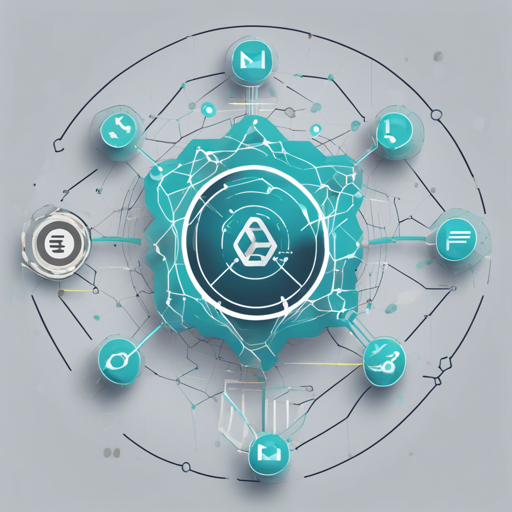In the ever-evolving landscape of technology, blockchain holds a prominent position, offering transparency and security. One of the powerful tools for building blockchain applications is Exonum. This open-source framework is not only extensible but also user-friendly. In this guide, we’ll explore how to harness Exonum for crafting robust blockchain solutions. So, let’s embark on this journey!
Understanding Exonum
Exonum is an open-source framework designed specifically for creating blockchain applications across multiple domains, including FinTech, GovTech, and LegalTech. Think of Exonum as a toolkit for building customized homes in a neighborhood of blockchains, where your imagination is the limit!
Just like every house requires a sturdy foundation, each blockchain application in Exonum is built using its core libraries and components designed for specific tasks, making scalability and specialization easily achievable.
Getting Started with Exonum
To start using Exonum for your project, follow these steps:
- Verify Prerequisites: Ensure you have Rust installed (version 1.55.0 or higher).
- Clone the Repository: Use Git to clone the main Exonum repository from GitHub.
- Explore Main Crates: Familiarize yourself with key components like the Core Library, Node Implementation, and Node CLI.
- Understand Upstream Dependencies: Dive into supporting libraries, including cryptographic libraries and database backends, to comprehend their roles.
- Start with Examples: Check out example projects, such as the Cryptocurrency implementation, to see Exonum in action.
Building Your Blockchain Application
Once you have set up your environment, you can start building your blockchain solution. Here’s a simple roadmap:
- Define the Problem Domain: Identify the specific needs you wish to address with your blockchain application.
- Set Up the Node: Configure your node using the Node Implementation to act as the backbone of your project.
- Implement Services: Deploy services like Explorer or Middleware to enhance functionality and user experience.
- Test Your Application: Use the testing framework provided by Exonum to ensure everything works seamlessly.
- Deploy and Monitor: Once ready, deploy your application and keep an eye on its performance through the system’s metrics.
Troubleshooting Common Issues
While developing applications can be filled with excitement, it may also present some challenges. Here are a few troubleshooting tips to help you out:
- Dependency Errors: If you encounter build issues, check for the correct version of Rust and all required dependencies.
- Node Not Starting: Ensure all configuration files are correctly set up and that your application’s ports do not conflict with existing services.
- Service Failures: Monitor logs for specific error messages and adjust the code or configurations as necessary.
- Using the Wrong APIs: Refer to the Exonum documentation to verify the stability of the APIs you’re using.
For more insights, updates, or to collaborate on AI development projects, stay connected with fxis.ai.
Conclusion
With Exonum, building blockchain applications transforms from a daunting task into an achievable goal. By leveraging the modular nature of the framework, you can create solutions tailored to your unique requirements.
At fxis.ai, we believe that such advancements are crucial for the future of AI, as they enable more comprehensive and effective solutions. Our team is continually exploring new methodologies to push the envelope in artificial intelligence, ensuring that our clients benefit from the latest technological innovations.

